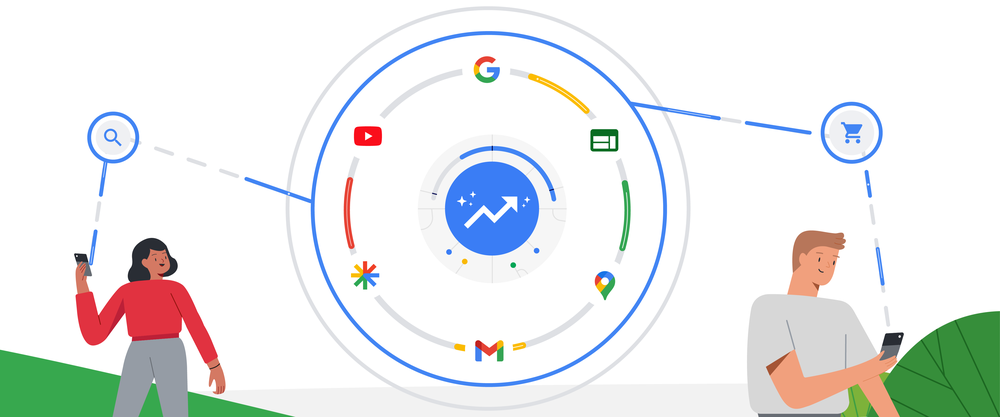Over the past decade, content marketing has gained great popularity and has often been presented as a revolutionary solution for brands, something like an online communication panacea that can catapult you to success. While investing in content marketing or branded content can be a decisive factor for your brand’s growth, it is also a tool with the potential to enhance other marketing techniques and must be based on a medium and long-term strategy and distribution plan.
It is true that there are companies that succeed without developing their digital content. Often, they have other more urgent priorities, they give up when they don’t see immediate results, or they lack the means to fully develop a content plan. Whilst a company may have success without content marketing, the reality is that your competitors may be taking advantage of that absence to fill the gap you’ve left, differentiating and amplifying their own brand online through content marketing.
The question is how can we develop a sustainable and effective content strategy that is based on value-added content? Here are a couple of tips that can help you to create an effective marketing content:
Identify a publication frequency that works best for you
With content marketing, it can often take more than six months to start seeing the initial results. Compared to other more immediate online marketing tactics that generate traffic or sales, it can be quite daunting and difficult to justify your investment internally. It’s the Achilles heel of content marketing. Do not forget that content marketing is a long haul and ideally, you’ll need to find the balance between budget and human effort, ensuring that you can be consistent with the amount you publish.
To do this, it is best to develop and document a content strategy before embarking on more meaningful efforts. The intention or commitment of a team is not enough, it should be backed up with a roadmap that justifies our activity and helps us create content in the most optimal way possible.
Develop a plan to amplify the dissemination of your content marketing and ensure the maximum validity
What’s the use of spending hours creating content if it doesn’t reach your audience or fades after a few days? If your content is invisible or too fleeting to incite interest months after it’s published, it’s probably ineffectual.
It is best not only to rely on content distribution that is purely organic or by word-of-mouth, but to compliment with paid distribution to amplify your impact. We also recommend focusing your efforts on creating content pieces that resist the test of time and maintain relevance beyond the day of publication, so that they continue to give visibility to our brand in the medium-long term: evergreen content.
Take risks and test until you find the content format that works best for you. Then reinvent yourself again
There is so much content online in countless formats that sometimes what we publish can become ambient noise and goes unnoticed. This can be counteracted by developing quality material and looking for the most effective format to communicate content to your intended audience.
Study your audience and reinvent your content as much as you can. Seek out that distinctive and differential spot where your brand and audience match and expand on that. Try out different communication styles, new topics and approaches. Use formats beyond blog posts, for example, try online video marketing, webinars, microsites, infographics, e-books or whitepapers, podcasting, etc…. until you find what resonates best with your audience. At the same time, look for the balance between free and gated content (to generate leads or get user information) or even paid, so you can get the most out of your content and achieve your global marketing goals.
Always lean on SEO. Creating quality content doesn’t guarantee you better search engine ranking
Content marketing is not SEO, but good content and effective SEO go hand in hand. Just as a piece of content that is keyword-stuffed and without any added-value will not fool search engines, the same can happen with a piece of high-quality content if we forget the other requirements that help us achieve ranking and reach.
It is essential to work both disciplines together so that they can benefit from each other. Focus on creating value-added, information-sensitive content that results in a positive user experience, as well as using keywords consciously and in an appropriate context.
Be selective when choosing the content marketing metrics with which to evaluate your results
What do metrics tell us about our content marketing? It’s common to focus on volume and activity measures like traffic, subscriptions, or engagement to justify investment in content creation, forgetting that those numbers don’t necessarily translate into better results from the point of view of your overall marketing strategy or business goals.
The metrics you use to rate content marketing performance can significantly change your perception of program success. Choose metrics that best fit your marketing goals, focus on those goals, and monitor metrics to help you get the most realistic view of your brand’s effectiveness of the content you post, such as sales or lead quality, for example.
More posts about: Transform your business







